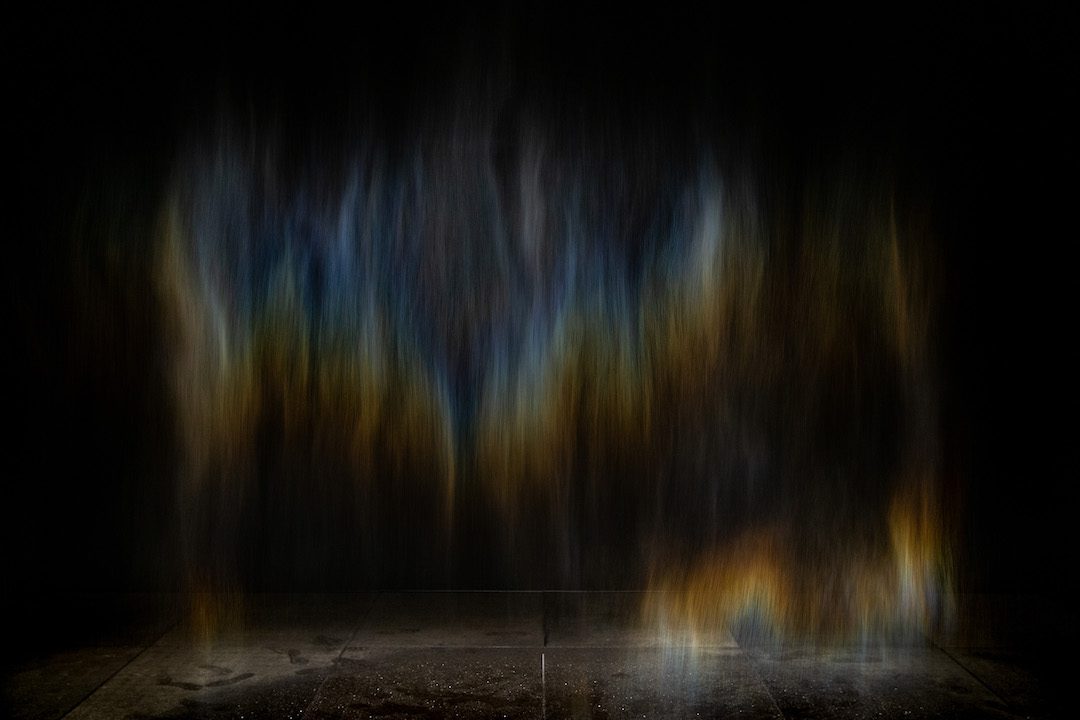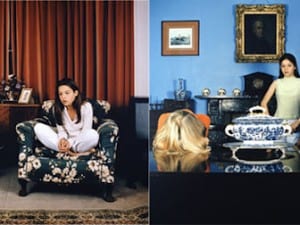In 2003, Olafur Eliasson’s (b. 1967) The Weather Project transformed Tate Modern’s Turbine Hall in London. If you didn’t visit at the time, you’ve likely seen an image on social media or whilst flicking through an art book: a giant, artificial sun, underneath which visitors bathe in an all-encompassing orange glow. Over two decades later, the installation has attained legendary status – becoming one of the most memorable site-specific works of all time. It is one of Eliasson’s most beloved pieces and a blueprint for his most central concerns: ecological activism, audience participation and sensory perception.
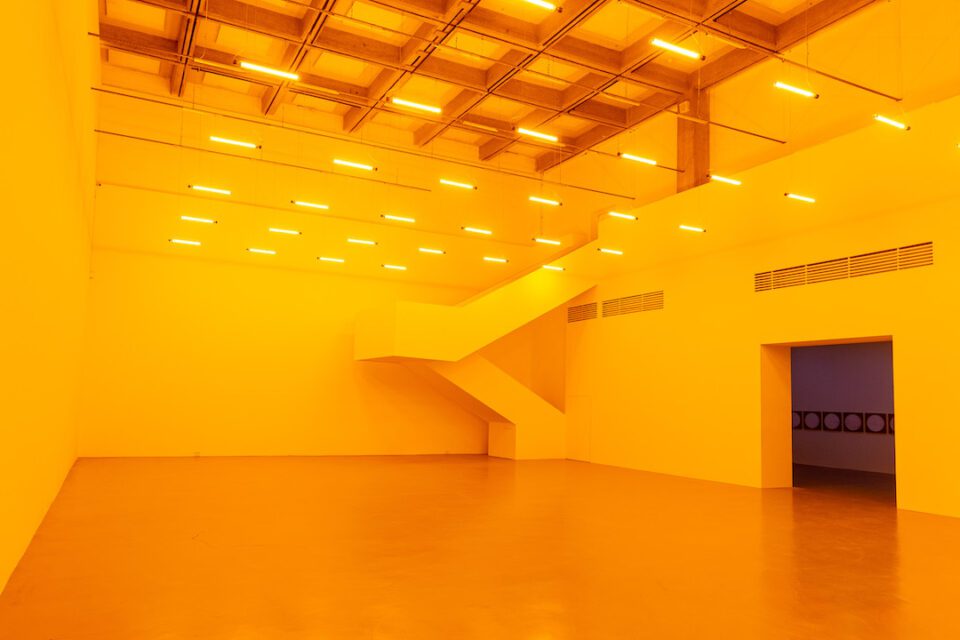
This summer, Taipei Fine Arts Museum (TFAM) presents Your curious journey, the first solo exhibition of the Icelandic-Danish artist in Taiwan. Spanning more than three decades, the show brings together 17 works – from installation and painting to sculpture and photography – each using natural phenomena such as light, air and water to sharpen audiences’ awareness of the world around them. Eliasson’s shows are always popular: The Weather Project attracted two million visitors, whilst 2019’s In Real Life saw the artist return to the Tate with critical acclaim. Your curious journey is is Eliasson’s first major traveling exhibition in Southeast Asia and New Zealand. It debuted at the Singapore Art Museum in 2024, followed by a widely lauded presentation at Auckland Art Gallery Toi o Tāmaki. TFAM is hosting a significant stop of the tour in 2025, after which it will move to the Museum of Modern and Contemporary Art in Nusantara, Indonesia, before concluding in autumn 2026 at the Museum of Contemporary Art and Design in Manila, Philippines.
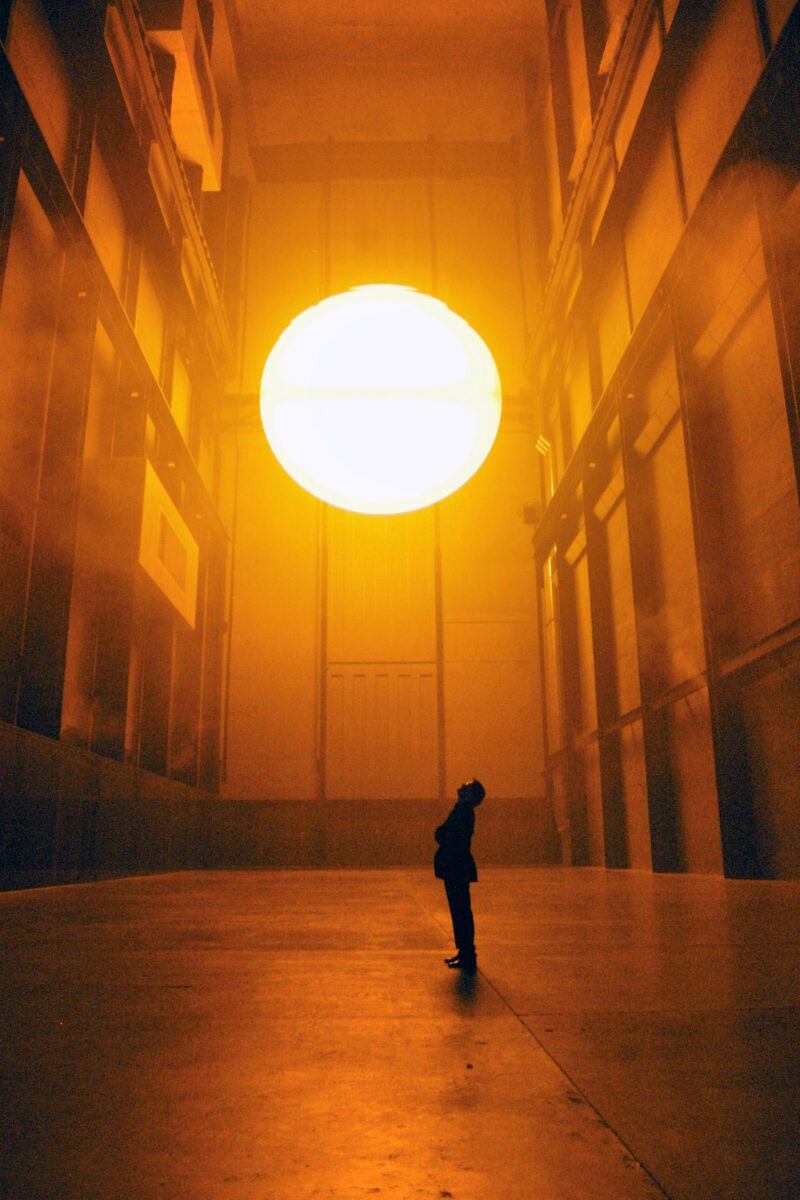
Eliasson has long been fascinated by interaction and perception. Your curious journey presents early examples like Beauty (1993), which presents a curtain of colourful light – refracted and reflected by water droplets – inside a darkened space. No two people will see the same rainbow. Elsewhere, Room for one colour (1997), shown in the Danish Pavilion at the 50th Venice Biennale, floods the gallery in monochromatic yellow light, limiting the range of colours perceptible to human eyes. In Multiple shadow house (2010) audiences are an essential part of the installation, casting repeating, overlapping silhouettes against a projection screen. “The artworks are never complete until you, the viewer, engage with them,” Eliasson says. “Many are in fact entirely dependent on you to make them possible.”
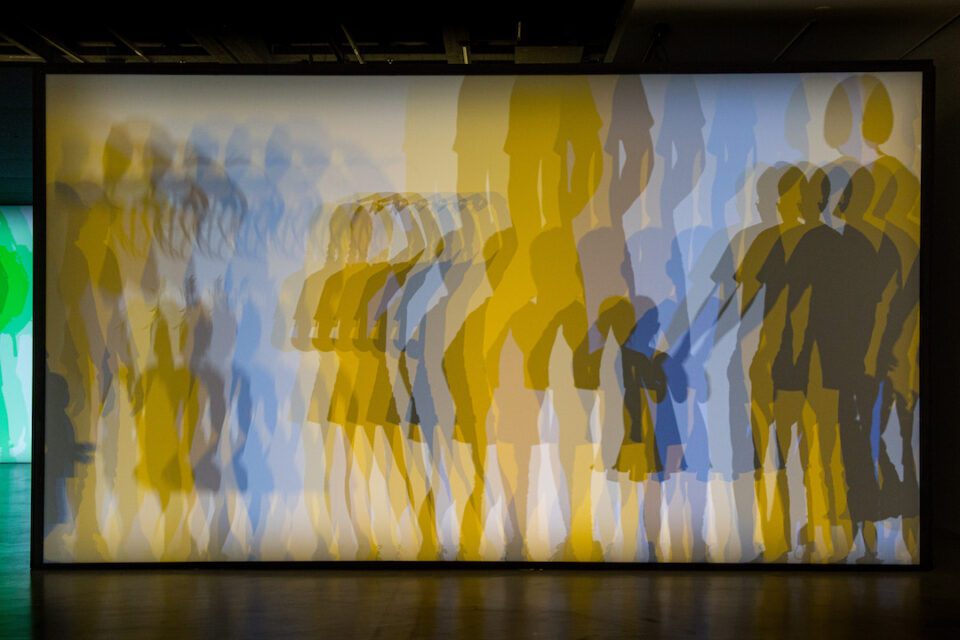
The climate crisis is another major throughline – not only in the show, but across Eliasson’s career. In 2014, he and geologist Minik Rosing launched the first iteration of Ice Watch, placing twelve large blocks of Greenland ice in Copenhagen’s City Hall Square. The slowly melting forms provided passersby with a direct and tangible representation of the reality facing the Arctic. The piece later travelled to Paris, for the 2015 UN Climate Conference COP21, and London in 2019. That same year, Eliasson was appointed UNDP Goodwill Ambassador for Climate Action, advocating for global environmental consciousness through art.
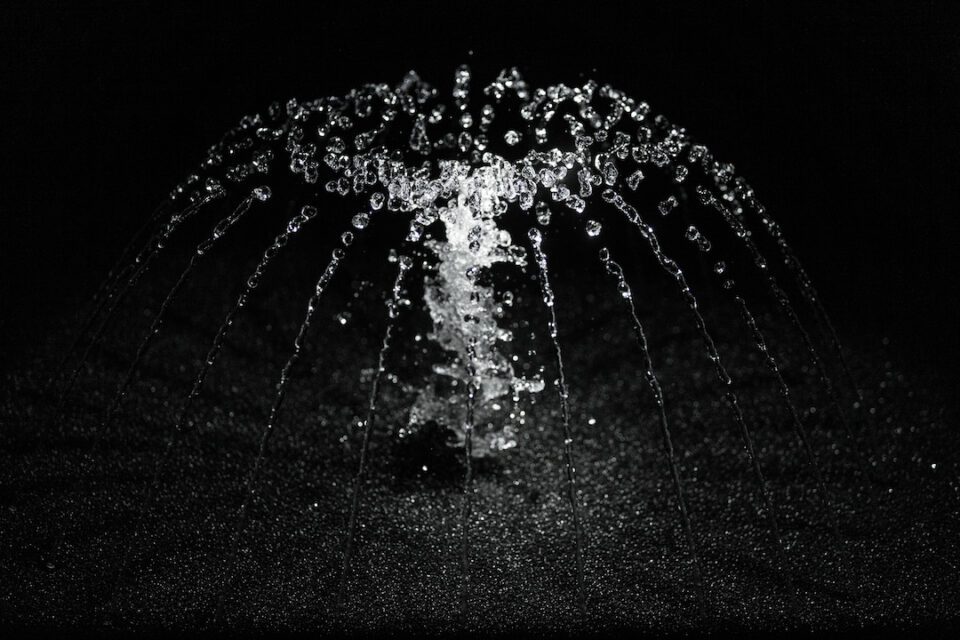
Eliasson’s ecological awareness can be traced back to early works, like Moss wall (1994), included in TFAM’s exhibition, which suspends Icelandic reindeer moss in the gallery. There’s a contrast between natural and artificial – presenting something wild displaced from its original environment. The piece has a sensory element, too: when the lichen is watered, it expands, changes colour and fills the space with fragrance. More recent is The last seven days of glacial ice (2024), which comprises bronze sculptures charting the stages of thawing ice, paired with glass spheres that represent swelling volumes of meltwater. It brings Your curious journey up to date, demonstrating how Eliasson continues to find new and innovative ways to engage with the themes of environmentalism and audience engagement that drive him forwards.
Olafur Eliasson: Your curious journey is at Taipei Fine Arts Museum until 21 September.
Words: Eleanor Sutherland
Image Credits:
1. Olafur Eliasson, Beauty, 1993. Installation view: Taipei Fine Arts Museum, Taipei, 2025; Photo: Taipei Fine Arts Museum; Courtesy of The Museum of Contemporary Art Collection, Los Angeles © 1993 Olafur Eliasson
2. Olafur Eliasson, Room for one colour, 1997. Installation view: Taipei Fine Arts Museum, Taipei, 2025; Photo: Taipei Fine Arts Museum; Courtesy of the Angsuvarnsiri Collection, © 1997 Olafur Eliasson
3. Olafur Eliasson, The weather project, 2003 Installation view: Tate Modern, London, 2003 Photo: Olafur Eliasson Courtesy of the artist; neugerriemschneider, Berlin; Tanya Bonakdar Gallery, New York / Los Angeles © 2003 Olafur Eliasson
4. Olafur Eliasson, Multiple shadow house, 2010. Installation view: Taipei Fine Arts Museum, Taipei, 2025; Photo: Taipei Fine Arts Museum; Courtesy of the artist; neugerriemschneider, Berlin; Tanya Bonakdar Gallery, New York / Los Angeles © 2010 Olafur Eliasson
5. Olafur Eliasson, Object defined by activity (then), 2009. Installation view: Taipei Fine Arts Museum, Taipei, 2025; Photo: Taipei Fine Arts Museum; Courtesy of the artist; neugerriemschneider, Berlin; Tanya Bonakdar Gallery, New York / Los Angeles © 2009 Olafur Eliasson


